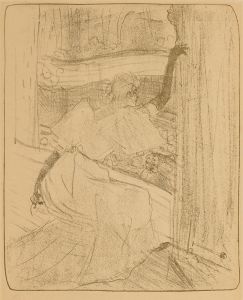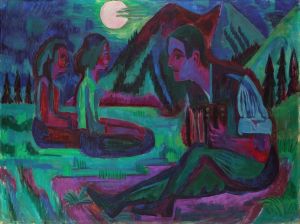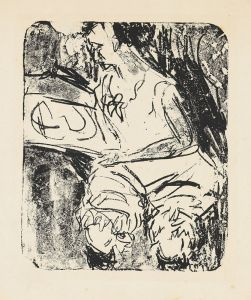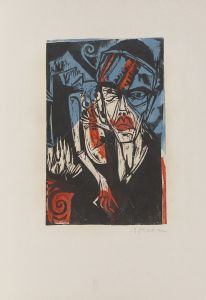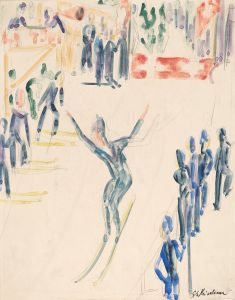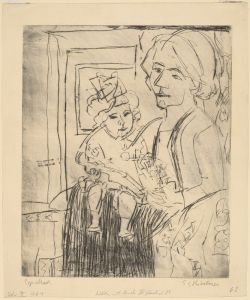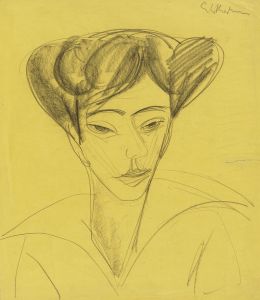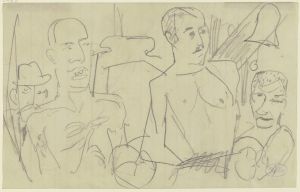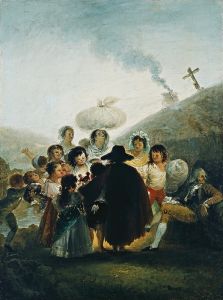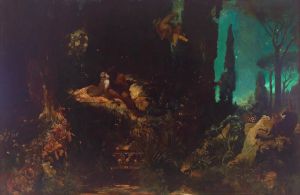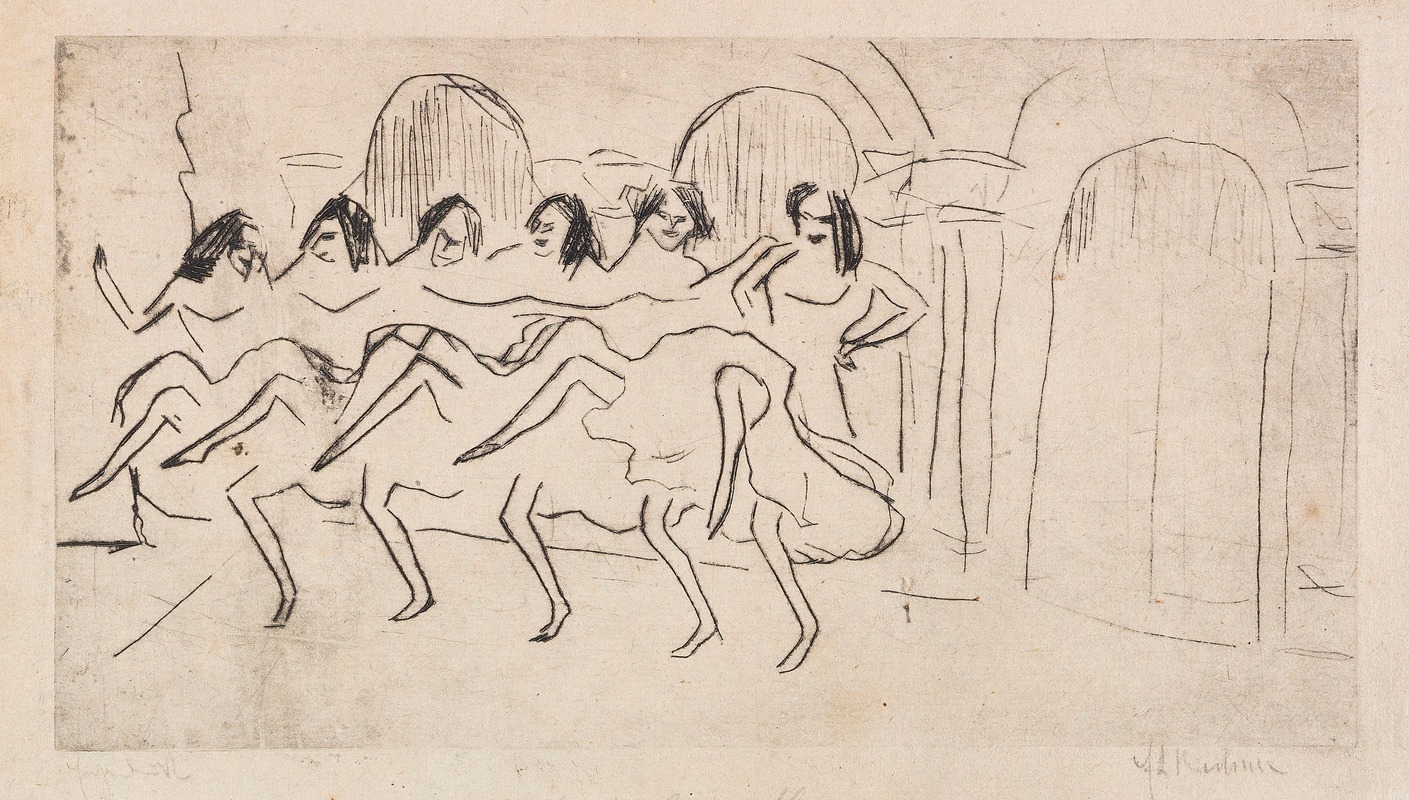
Sechs Tänzerinnen vor Bogendekoration
A hand-painted replica of Ernst Ludwig Kirchner’s masterpiece Sechs Tänzerinnen vor Bogendekoration, meticulously crafted by professional artists to capture the true essence of the original. Each piece is created with museum-quality canvas and rare mineral pigments, carefully painted by experienced artists with delicate brushstrokes and rich, layered colors to perfectly recreate the texture of the original artwork. Unlike machine-printed reproductions, this hand-painted version brings the painting to life, infused with the artist’s emotions and skill in every stroke. Whether for personal collection or home decoration, it instantly elevates the artistic atmosphere of any space.
Ernst Ludwig Kirchner's painting Sechs Tänzerinnen vor Bogendekoration (translated as Six Dancers in Front of Arch Decoration) is a notable example of the artist's exploration of movement, color, and expression. Kirchner, a leading figure of the German Expressionist movement and a founding member of the art group Die Brücke (The Bridge), created this work during a period when he was deeply influenced by modern dance and theatrical performances.
The painting depicts six female dancers positioned in front of a decorative arch, their dynamic poses and flowing garments capturing the energy and rhythm of their movements. Kirchner's use of bold, non-naturalistic colors and angular forms reflects the hallmarks of Expressionism, a style that sought to convey emotional intensity rather than realistic representation. The dancers' elongated limbs and exaggerated gestures emphasize the vitality and freedom of their performance, while the decorative background enhances the theatrical atmosphere of the scene.
Kirchner's fascination with dance and performance was a recurring theme in his work, particularly during the early 20th century when he was living in Dresden and later Berlin. He was inspired by the vibrant cultural life of these cities, including cabaret performances and avant-garde theater. The depiction of dancers in his art often served as a metaphor for liberation and modernity, aligning with the broader goals of the Expressionist movement to break away from traditional artistic conventions.
The exact date of Sechs Tänzerinnen vor Bogendekoration is not definitively documented, but it is believed to have been created during Kirchner's most prolific period, between 1909 and 1914. This was a time when he was experimenting with bold compositions and vivid palettes, influenced by both the Fauvist movement in France and the traditional art of non-European cultures. Kirchner's interest in non-Western art is evident in the stylized forms and patterns that characterize this painting.
Today, Sechs Tänzerinnen vor Bogendekoration is recognized as an important work within Kirchner's oeuvre, reflecting his innovative approach to capturing the spirit of modern life. The painting is held in a private collection or museum, though its current location and ownership are not widely documented in public records. Kirchner's legacy as a pioneer of Expressionism continues to be celebrated, and his works are featured in major art institutions worldwide.
This painting exemplifies Kirchner's ability to merge the human figure with abstract elements, creating a sense of harmony between the dancers and their environment. It remains a testament to his artistic vision and his contribution to the development of modern art in the early 20th century.






